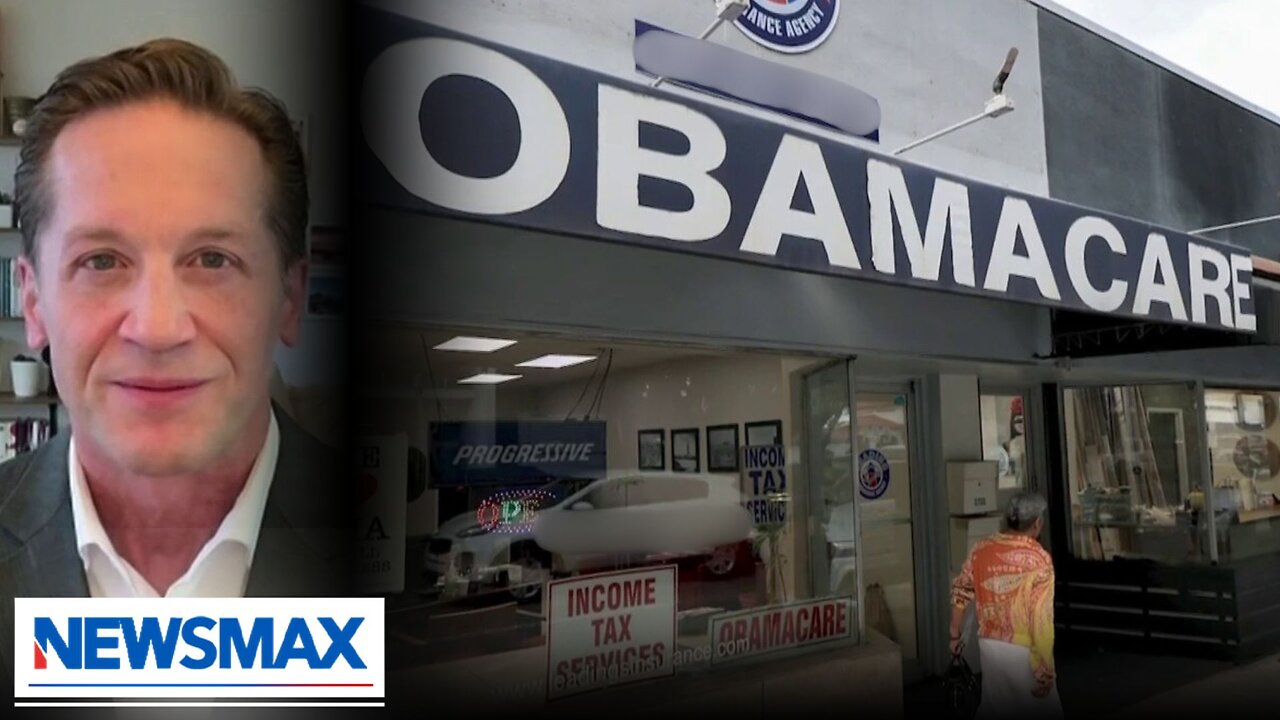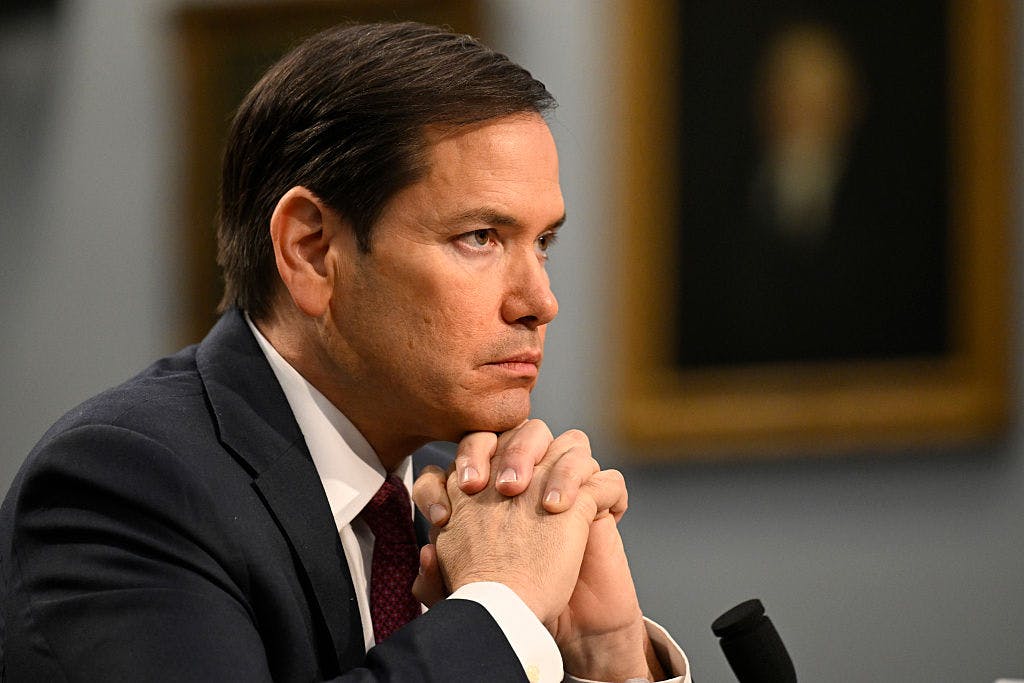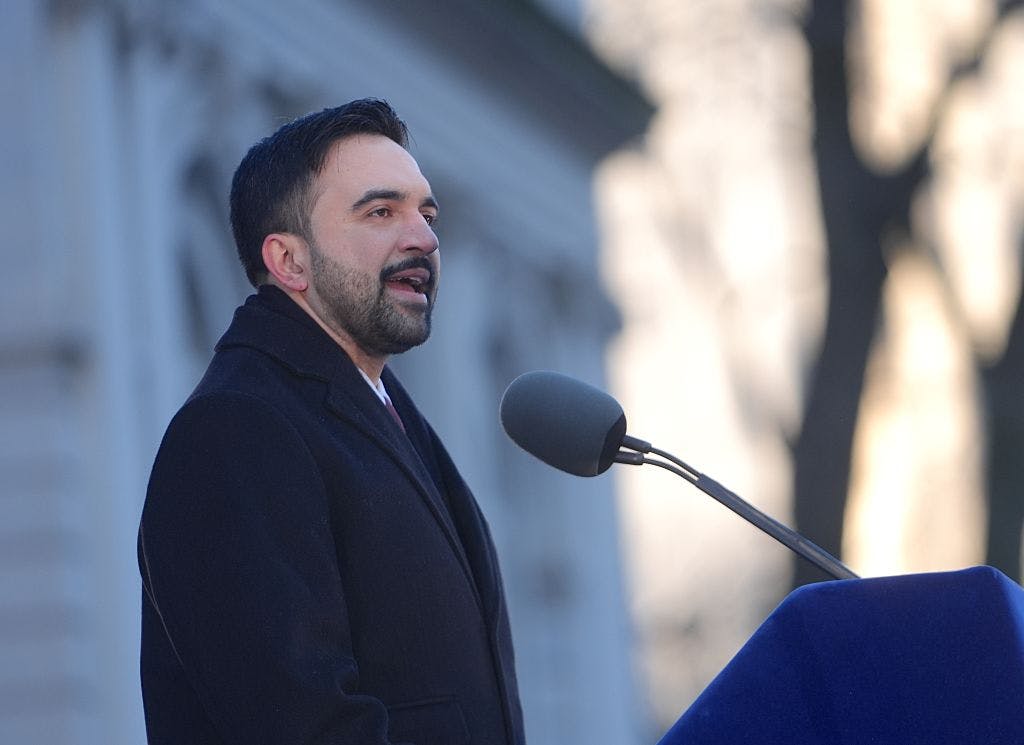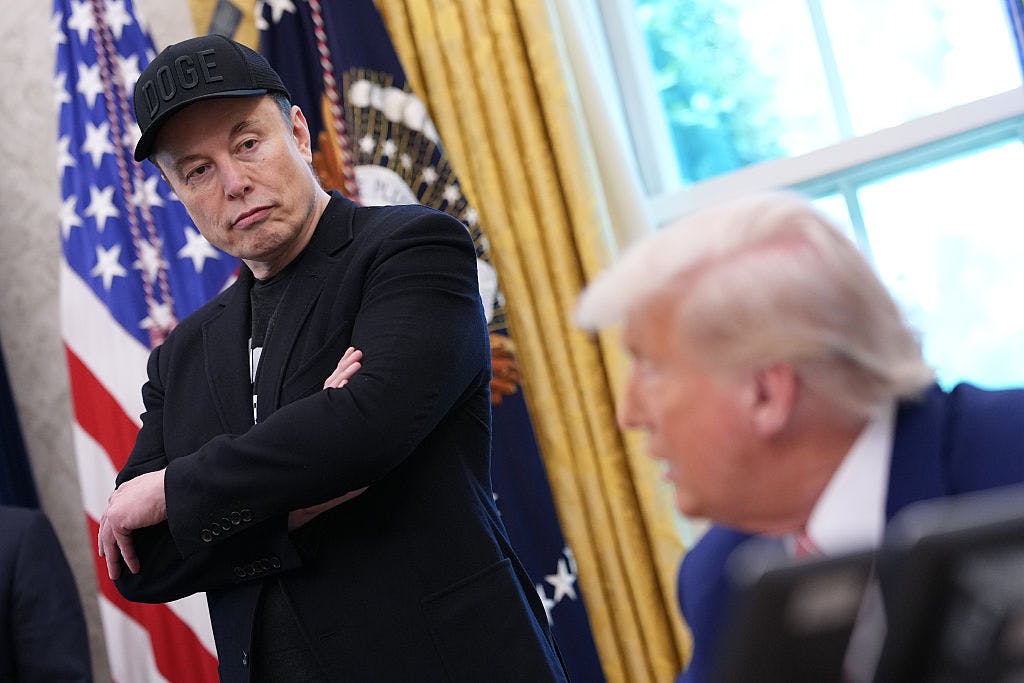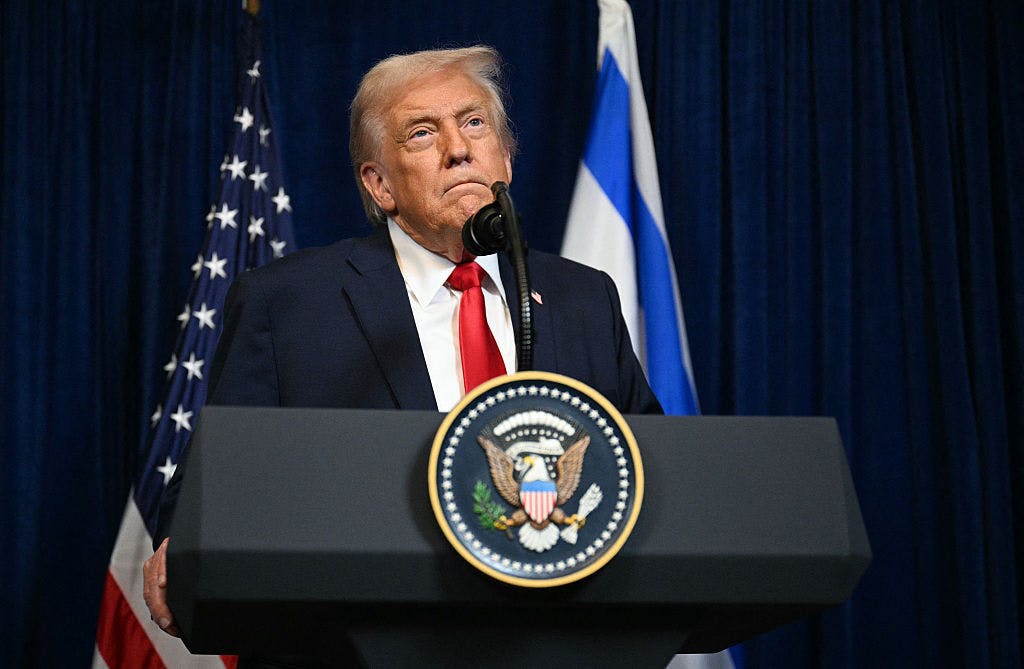Savings from Trump Deregulation Could Be ‘Massive’ But Will Take Time

President Donald Trump’s return to the White House launched an ambitious deregulation agenda, which the Council of Economic Advisers in June projected would save Americans more than $900 billion, or $10,600 per family of four, on cars, appliances, and electricity bills.
Live Your Best Retirement
Fun • Funds • Fitness • Freedom
The July 29 announcement that the Environmental Protection Agency would rescind the 2009 “endangerment finding,” which had been the justification for imposing ever tighter limits on greenhouse gas emissions under the Obama and Biden administrations, was another major step toward achieving this goal. But analysts say that, while these actions are a sharp reversal from the Biden administration, many of the benefits may not be realized for some time.
“The total projected savings of the deregulatory efforts of this second Trump administration, both in terms of dollars and compliance hours, are going to be crucial,” David Hebert, senior research fellow at the American Institute for Economic Research, told The Daily Signal.
“Because of the time it takes to bring power plants from conceptual idea to operational reality, the cost savings in the short term are likely to be small,” Hebert said. “But in the medium to long term, the savings could be quite massive.”
In addition, most of the deregulation initiatives are proposals that have yet to go through the lengthy process of being finalized and will face legal challenges.
According to data compiled from federal agencies by the American Action Forum, 123 regulatory actions have been finalized since Trump took office in January, saving Americans $77 billion and 48 million paperwork hours. Another 142 regulatory actions are in the proposal stage, with a projected net reduction of $672 billion in costs and 22 million paperwork hours.
“It’s a pretty significant turn from the previous administration,” Dan Goldbeck, director of regulatory policy at the American Action Forum, told The Daily Signal. “Even if they don’t come up with the equivalent amount in savings, per se, I think you’ll see a very different regulatory posture overall.”
Much of the focus is on Biden-era regulations on greenhouse gas emissions.
The Council of Economic Advisers report projected that rescinding the EPA’s 2023 “Good Neighbor Plan” and the 2024 emissions standards for new cars and trucks would save consumers $679 billion. In addition, $23 billion would be saved from “delay and eventual rollback” of Department of Energy regulations on home appliances, and $25 billion would be saved by cutting back Corporate Average Fuel Economy standards on vehicles.
Congress eliminated penalties for failing to meet the emissions limits, as part of the One Big Beautiful Bill Act signed into law on July 4. Analysts say this will cut the price of gasoline-powered vehicles.
“Every internal combustion engine vehicle pays over $2,000 in a Corporate Average Fuel Economy/carbon tax to comply with the federal government,” Jason Isaac, CEO of the American Energy Institute, an advocate for energy producers, told The Daily Signal. “So this is going to reduce the cost of vehicles and allow people to buy newer, safer vehicles.”
Rather than pay the Corporate Average Fuel Economy fines, many automakers opted to buy carbon credits from manufacturers of electric vehicles. EV automaker Tesla reported that it received more than $10 billion in carbon credits from manufacturers of internal combustion engine vehicles between 2017 and 2024.
Subsidies for EV buyers have also been dropped, leading many automakers to reconsider their ambitious plans to switch to electric cars. In February, Ford predicted it would lose $5.5 billion on its EV line this year.
“You’re already seeing companies shifting manufacturing, they’re going back to building internal combustion engine motors,” Isaac said. “They’re building what consumers want and they should be able to do it more affordably because they won’t be paying billions of dollars in credits that aren’t benefiting consumers at all.”
Whether or not the Trump administration realizes all the cost savings it predicted, its approach is a sharp contrast from its predecessor.
The American Action Forum reported that regulations handed down during the four years of the Biden administration summed to more than $1.8 trillion in costs and added about 356 million in hours of paperwork for U.S. companies and individuals, “far exceeding any preceding administration on record.”
The biggest component of those costs were vehicle emissions regulations that summed to more than $1 trillion. Upon taking office in January, Trump immediately froze all regulatory actions proposed by the Biden administration that had not yet been implemented, which the Council of Economic Advisers said would cut future costs for Americans by $180 billion, or $2,100 per family of four.
For deregulation to have a lasting effect, however, it must go beyond executive orders, analysts say.
“What matters is not deregulation itself, but deregulation that people can count on for years to come,” Hebert said. “If a deregulation is only expected to last until the next administration, very little activity will take place as investors need to make decisions today that may only pay off five, 10, even twenty years in the future.
“If Trump wants to set America up for success, he needs to get Congress on board to make these deregulatory efforts more permanent,” he said.
We publish a variety of perspectives. Nothing written here is to be construed as representing the views of The Daily Signal.
The post Savings from Trump Deregulation Could Be ‘Massive’ But Will Take Time appeared first on The Daily Signal.
Originally Published at Daily Wire, Daily Signal, or The Blaze
What's Your Reaction?
 Like
0
Like
0
 Dislike
0
Dislike
0
 Love
0
Love
0
 Funny
0
Funny
0
 Angry
0
Angry
0
 Sad
0
Sad
0
 Wow
0
Wow
0





























